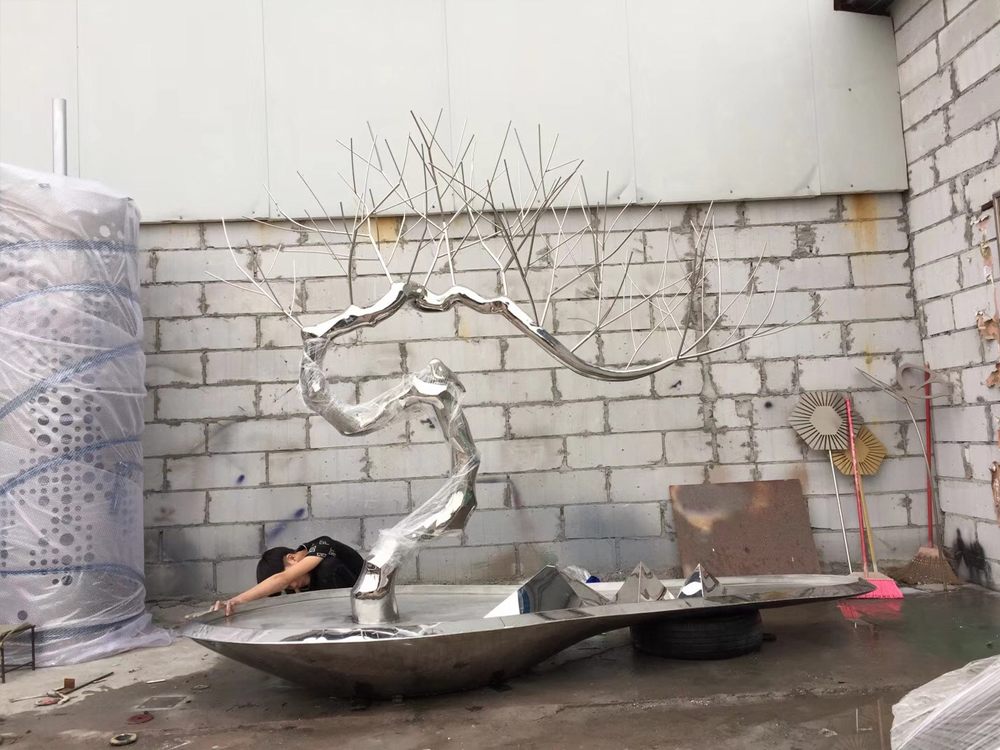
When selecting stone surfaces for countertops, flooring, or architectural features, the polishing method significantly impacts the final appearance and performance. Hand-polished and machine-polished stones offer distinct characteristics that cater to different design preferences and functional requirements.
1. Texture and Finish
Hand-polished stone surfaces exhibit a softer, more organic texture with subtle variations that highlight the stone's natural character. Artisans use manual tools to create a matte or semi-gloss finish that feels slightly textured to the touch. Machine-polished surfaces achieve a uniform, mirror-like gloss through automated abrasion processes, resulting in a perfectly smooth surface that reflects light evenly.
2. Durability and Maintenance
Machine-polished stones typically have higher surface density due to the intense pressure applied during mechanical polishing. This makes them more resistant to scratches and staining, though the glossy finish shows water spots more readily. Hand-polished surfaces develop a natural patina over time, which many designers appreciate, but may require more frequent sealing to maintain their appearance.
3. Aesthetic Appeal
The hand-polishing technique preserves the stone's natural variations, creating depth and movement in the veining that appeals to traditional and rustic designs. Machine polishing produces consistent, predictable patterns preferred for contemporary spaces where uniformity is desired.
4. Cost and Production Time
Hand-polishing is labor-intensive, often doubling production time and costs compared to machine polishing. However, the unique craftsmanship adds value for high-end projects. Machine polishing offers economical mass-production capabilities for large-scale installations.
5. Light Reflection Qualities
Machine-polished surfaces act like mirrors, brightening spaces by reflecting maximum light. Hand-polished stones provide diffuse reflection that creates warmer, more subdued lighting effects ideal for creating ambiance.
For restoration projects or historic buildings, hand-polishing often provides better authenticity. Modern commercial spaces usually benefit from machine polishing's efficiency and consistency. Ultimately, the choice depends on your design vision, budget, and performance needs.

